Foreword
Smart home has a higher and higher "nomination rate". Following the smart phone, it has become a concept for manufacturers to stir up, and various products labeled as "smart" emerge one after another. However, whether the smart home is practical and easy to use is also a concern of many valued friends. So this time I would like to share the relevant experience for my reference on my experience of tossing over a year.
Types of "smart" home appliances
First, based on personal perspectives and experience, I believe that current smart home appliances on the market can be divided into the following categories:
1, with Bluetooth communication capabilities, with a dedicated APP software, you can connect and operate through mobile devices such as mobile phones
This type is more of a design for trendy and fun purposes. Due to the poor transmission distance of Bluetooth, the device can only operate face-to-face with the device. However, for some small home appliances that do not have a display, and digital cameras that require more complex operations, they can do a very good job
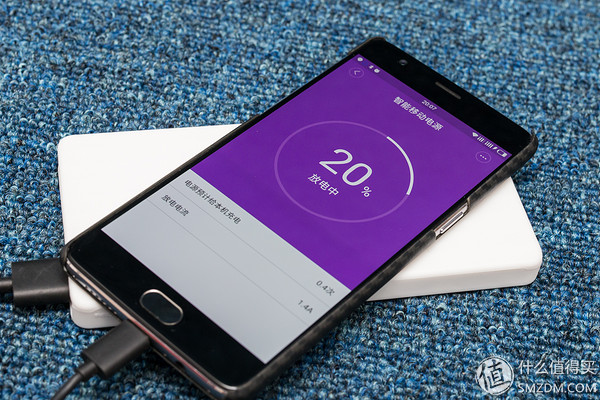
2. With the function of accessing the network, it can be controlled remotely by mobile phone and other special APP software for mobile devices
The biggest advantage is the networking of home appliances, which allows users to remotely view the status of the equipment and perform a certain degree of remote control. This is the most common form of so-called “smart†home appliances, ranging from small-sized socket outlet panels to refrigerator air conditioners and even automobiles. However, the biggest drawback of this type lies in its own governance. The control apps for each product are mostly independent, and the association between products is almost non-existent. As the number of devices increases, the number of control apps in the user's mobile phone is also increasing. inconvenient.
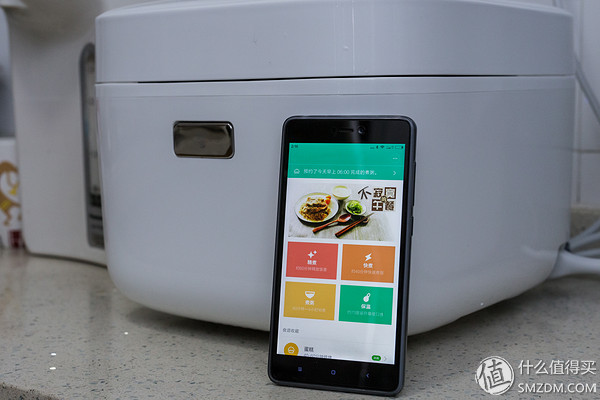
3, with access network functions, and has a unified control protocol and APP management platform
This is actually a continuation of the second category of products, merging multiple single products into a relatively complete system. This is also a development trend of many manufacturers at present, and it is a mainstream application form today. Through a unified control platform, multiple different types of devices or even multiple different manufacturers' devices can be managed in a unified manner. You can use a single remote control or a mobile phone or a tablet PC to work with the APP client to the home, small to large lamps, and large TV air conditioners. A series of household appliances are under unified control, while high-end products even incorporate voice-activated identification functions, allowing users to abandon the anxieties of many remote controls and enjoy a full sense of technology. But as far as the system itself is concerned, only a super-remote has been formed, and there is not much "smart" property.
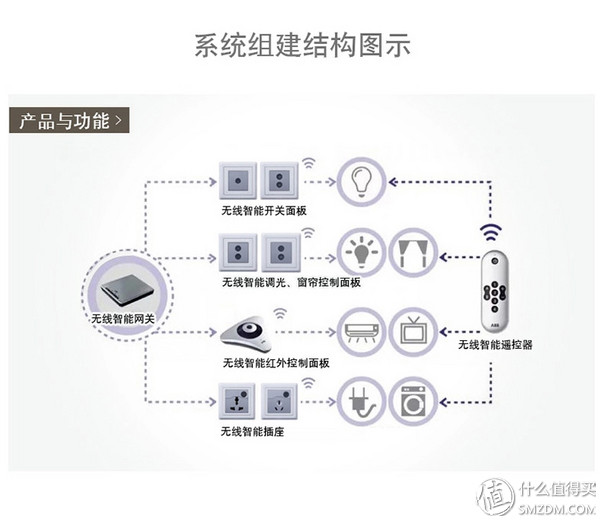
4, has a unified control protocol and APP management platform, and can be linked between multiple devices
This type of enhancement belongs to the third category, and it is also the system that I currently believe has the most practical value. This kind of system uses a large number of environmental status sensors and ifttt's logic judgment conditions while using a unified management platform, so that multiple devices can perceive the surrounding environment parameters, and use this as a basis for simple automation linkage between devices to achieve certain In the sense of "smart" operation. The performance of this type of system mainly depends on perfect logic judgment conditions and a sufficient number of compatible devices. However, at present, there is no fully unified platform that can be compatible with most home appliances. Several slightly rudimentary platforms are occupying the site, while most of the high-end international brands are still waiting to see their positions.
In terms of individuality, smart home appliance products can only count on enhancement of functions at most, and only by bringing together multiple devices into one system can they play a more powerful role. So in the long run, as long as the market can develop healthily and continue to receive the attention of users, then the third and the four types will probably become the mainstream in the future. As the final consumer, I think that the “smart†home appliances will eventually be integrated into A complete system requires more attention to the development of the "system platform" and the number of compatible devices, rather than a single product.
Common brands
Apple HomeKit
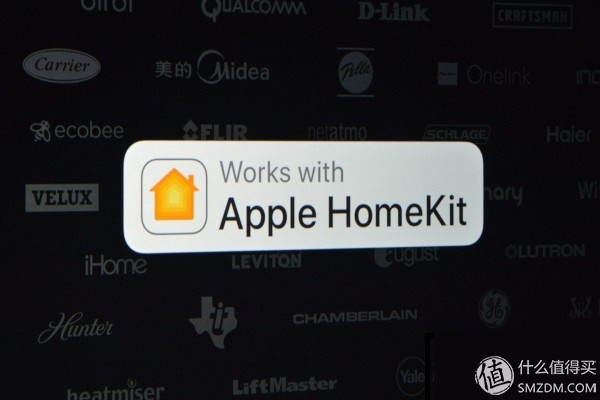
Apple should be the earliest group of manufacturers that proposed a general-purpose smart home management platform. HomeKit is the crystallization of its many years of development. The biggest advantage lies in the ability to use its own SIRI's powerful voice recognition and control. HomeKit is not a brand; Apple itself does not produce any home appliances. After it develops a unified platform, all home appliance manufacturers launch compatible products around them.
However, as far as the current product is concerned, Apple is more inclined to define HomeKit as an extension of its own mobile devices, preferring to the aforementioned third type, and emphasizing the unified control of various types of home appliances. Simply put your IPHONE into a super remote control, and the coordination and linkage capabilities of home appliances are weak.
At the same time, due to the consistent characteristics of Apple's peripherals, the prices of products that support this feature are very expensive, and the average user is often discouraged, so Bigger is very high but the market share is not large.
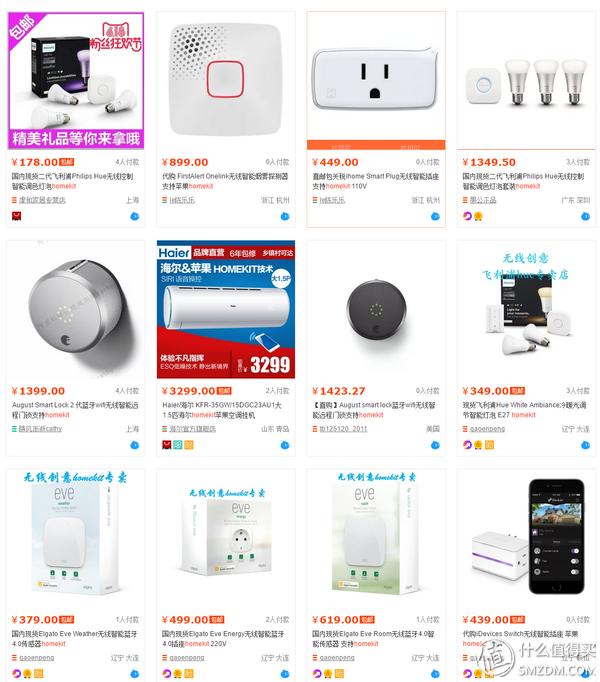
However, after the release of the new IOS system, HomeKit can already be compatible with some millet smart home appliances through certain means. This is the first cross-platform compatibility of smart home systems.
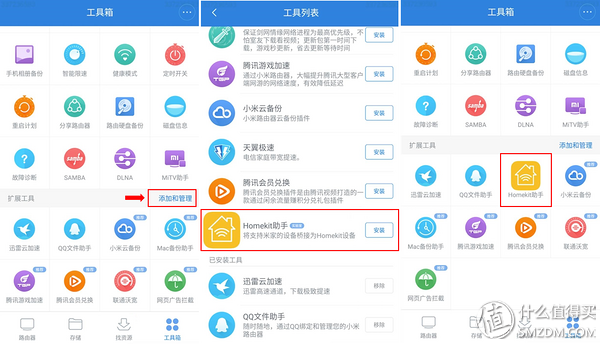
ABB and other major international electrotechnical companies have also launched similar applications, such as the use of mobile phone control switches and sockets, but they still can't jump out of the concept of super-remote control, and they are expensive.
In the field of smart home systems, although domestic brands started relatively late, they are currently developing rapidly and are more closely related to life. More representative is BroadLink and Xiaomi's "Mami" series.
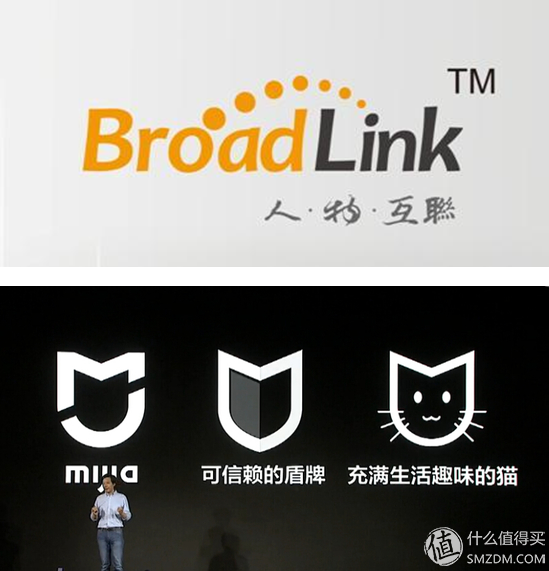
Both of these systems can achieve simple collaborative interaction between devices, and have a certain number of sensors and compatible home appliances, which can provide users with a good user experience.
The difference between the two lies in BroadLink's preference for network coordination of basic electrical equipment and the provision of a large number of switches, security alarms, and curtain machines. The types of sensors are relatively complete, making it easier for users to consider the home automation control layout from the renovation of new homes. However, because BroadLink itself does not have any home appliances, the native compatibility of home appliances is slightly weaker, and more can only be done with a universal infrared remote control, so that the terminal's home appliances can only send orders and cannot be accepted. Feedback to operational status
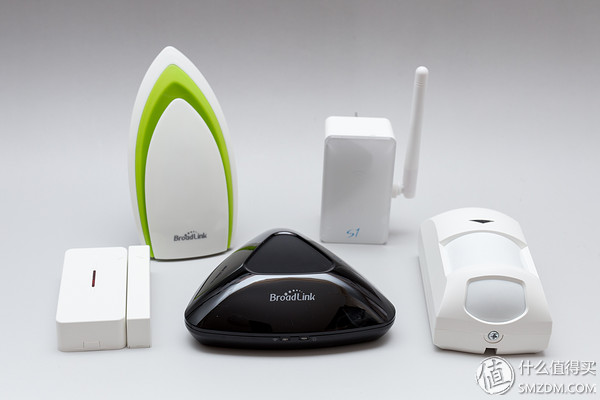
Xiaomi's "Mami" series is more closely related to practical applications. Based on the small variety of small home appliance products of Xiaomi Department Store, it can monitor the running status of household appliances more and accept the status information of their feedback. At the same time with a variety of simple sensors and remote control sockets, it can make users easier to get started, and can gradually upgrade and perfect around home appliances. However, the lack of sensor types is the biggest drawback of this system.
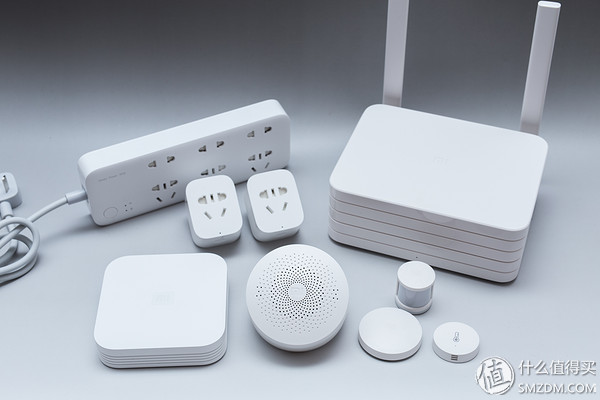
The common advantage of these two companies lies in the fact that they have cheaper prices, which are only half or even one tenth of that of international brands.
Therefore, I will also use this type of smart home system as a basis to share relevant experience.
"Smart" home system composition
If you leave behind the concepts that have not yet been implemented, smart home systems based on existing mature products can basically be regarded as the three major components of sensors, smart appliances, and smart gateways.
Sensors: The basis of an intelligent system to help the system perceive changes in various environmental parameters. Without a full range of sensor devices, smart systems can only act as remote controls. Various types of sensors are used to monitor various parameters such as opening and closing of doors and windows, temperature and humidity changes, and light intensity, and report them to the intelligent gateway. The more comprehensive system will also include sensors such as carbon monoxide, PM2.5, and high temperature smoke. A large part of these systems are actually continuation and upgrades of existing home security alarm systems.
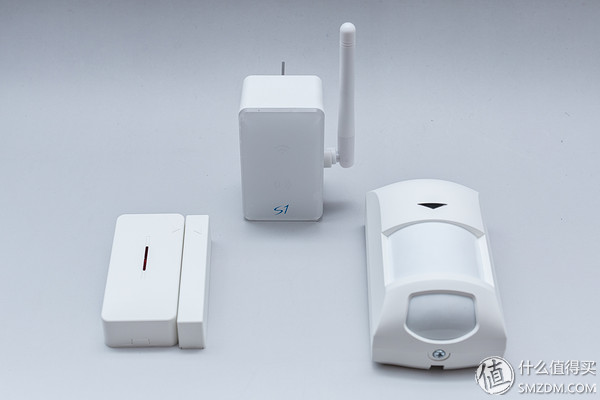
Smart home appliances: household appliances such as purifiers, rice cookers, sweeping robots, and refrigerators, etc., can complete their own design functions while reporting to the smart gateway that they have generated or monitored events and delivered them to smart gateways according to certain logical conditions. The sensor information makes the corresponding operation.
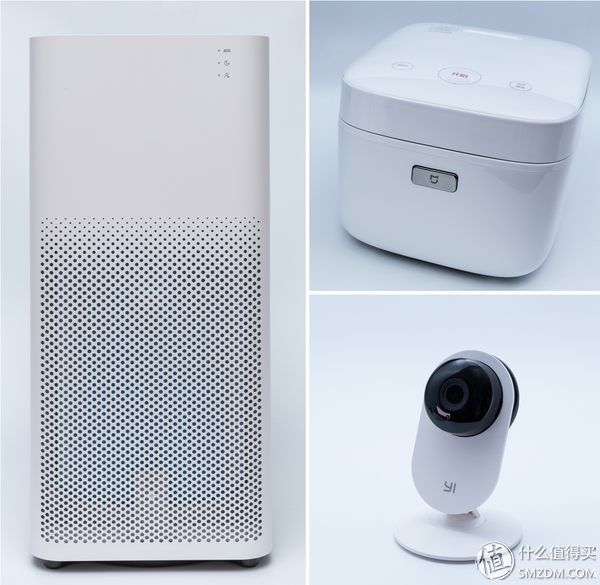
Smart Gateway: Many people think that smart gateway is the brain of the whole smart home system, but in fact most of today's smart systems truly rely on servers in the cloud to realize conditional judgments and decisions. Therefore, smart gateways can only be counted as "Gangular", the main function is to transmit the monitoring status and the role of execution instructions. At the same time, some intelligent gateways also have the function of connecting gateways of ZigBee devices.
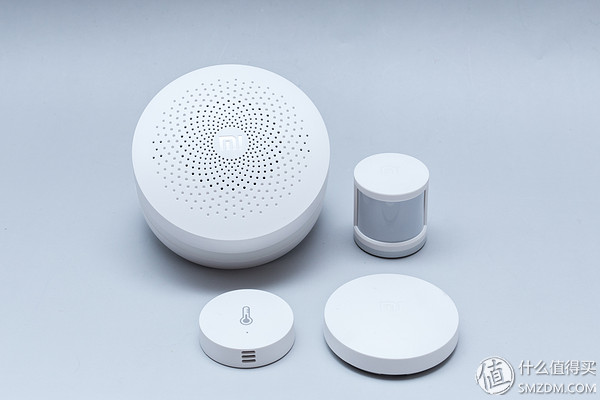
Connection method
Internal links: aside the most primitive wired LAN connection, the current smart home devices common connection methods are as follows
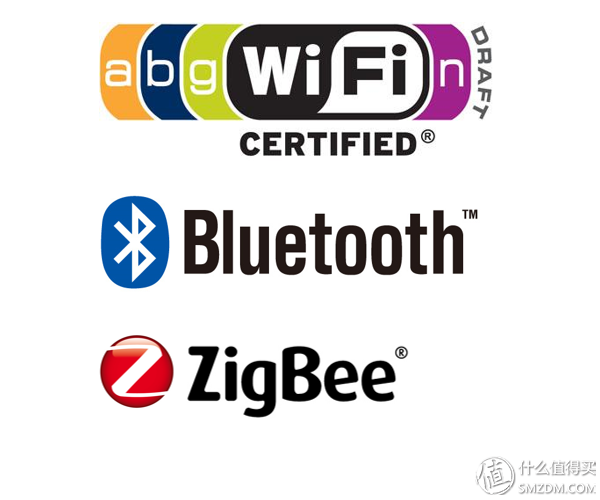
Both WIFI and Bluetooth are well-known to everyone. Both functions and performances are generally complementary. However, from the current development trend of cameras and other devices, WIFI has replaced Bluetooth as a data connection method in many fields. However, for most smart home appliances, because of their limitations on volume and power consumption, their WIFI module's signal reception capability is very weak.
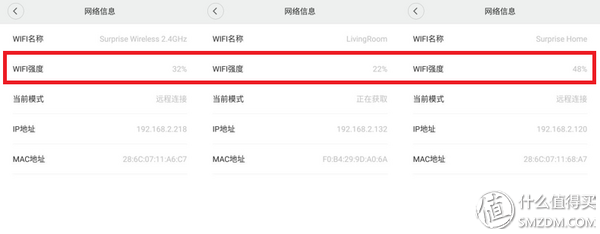
Many devices even if the signal on the edge of the router can not be full, which also puts higher requirements on the home wireless networking, for signal stability needs, the main room wireless AP signal enhancement coverage has become a must.
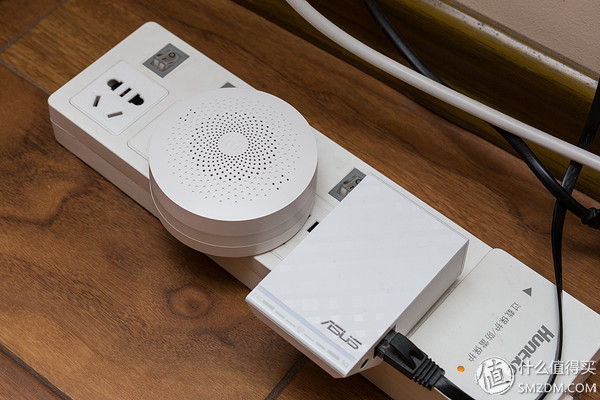
ZigBee is relatively unfamiliar to many consumers. This is a low-power LAN protocol specifically designed for the Internet of Things and smart home products. Compared with Bluetooth, it has a smaller data transmission bandwidth, but it is also simpler and more stable. Its characteristics are close range, low complexity, self-organization, low power consumption, and low data rate. Mainly suitable for the field of automatic control and remote control, can be embedded in various devices. In short, ZigBee is an inexpensive, low-power, short-range wireless networking communication technology.
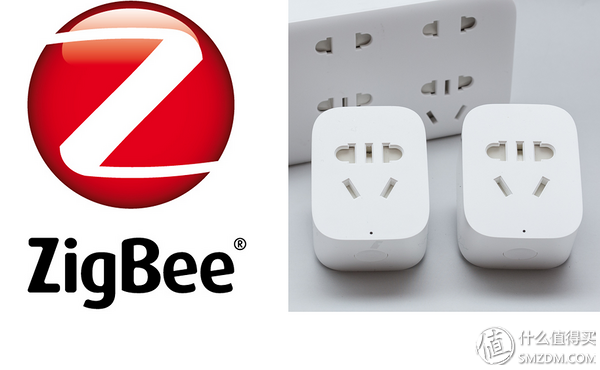
ZigBee devices cannot be directly connected to Ethernet. Most of them cannot be connected point-to-point with other devices. Instead, they need to use dedicated intelligent network management devices to integrate into the home network.
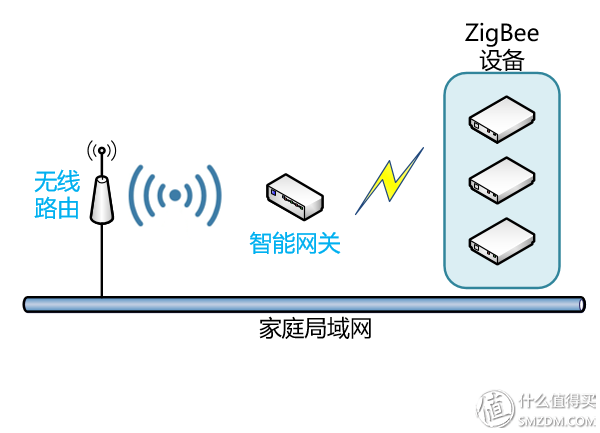
Therefore, it can be seen that ZigBee devices and smart gateways are mostly restricted to networking in a small area. In the home, rooms are often networked as a single unit. When there are wall barriers across rooms, signal attenuation connections will be unstable. This is where intelligent gateways are deployed for rooms that need to plan to install ZigBee devices. But fortunately most brands of smart gateway devices are not expensive, and some brands of smart gateway devices also have additional features such as a network player and a night light, even if the main room is installed without too much pressure.
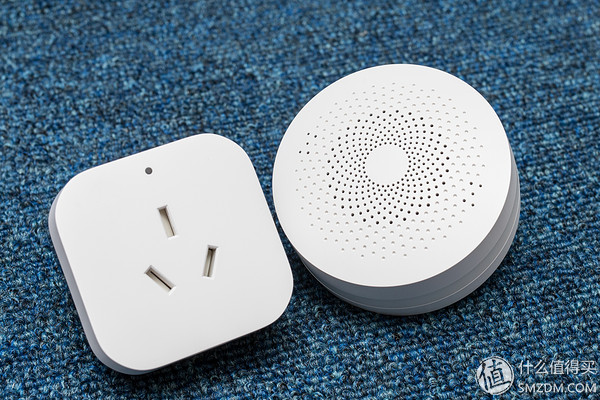
External connection: As mentioned before, most of the devices that are not equipped with command processing and judgment at home in the “smart†home system currently need to be connected to the server of the manufacturer and implement various logic judgment functions through the cloud. Therefore, these systems all need to have stable Internet connectivity. If many functions of the disconnected network will fail, even the whole system will be paralyzed.
Experience
First of all, share the approximate types and link topology of my current intelligent system. This is also the result of more and more perfection in accordance with the needs of the company over the past year or more.
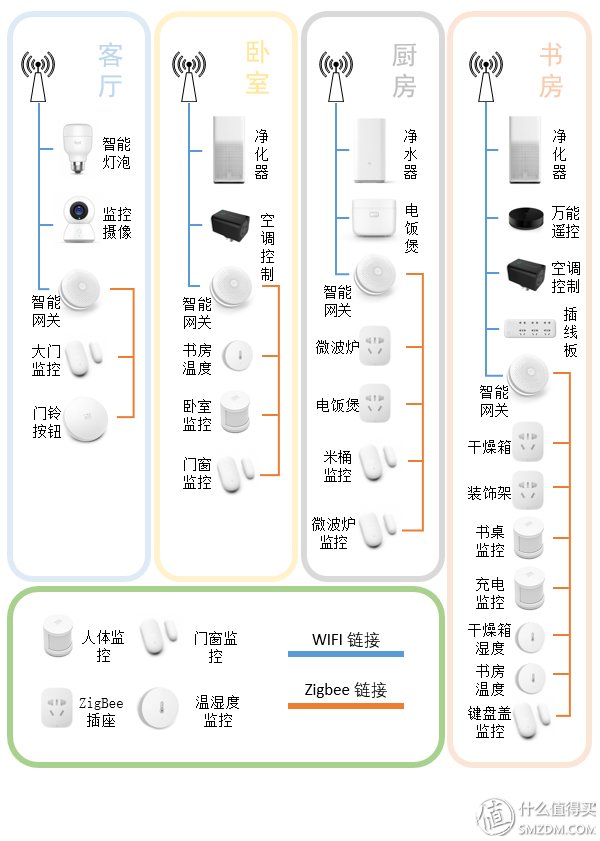
Single-platform device management
If users only want to use the mobile terminal device to perform unified operation on home appliances in the home and achieve a certain range of remote control, several major mainstream home systems can basically meet.
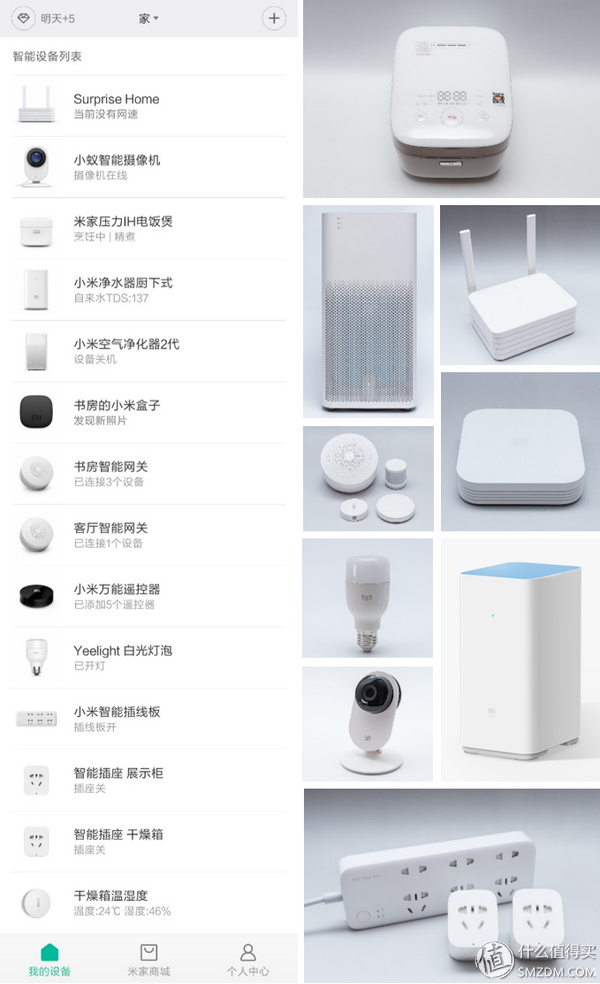
Due to the variety of smart socket devices and the improvement of their functions, coupled with the emergence of universal infrared remote controllers that can be networked, many home appliances can be controlled using mobile phones. With the introduction of more home appliances that are compatible with a unified control platform, users The operating experience will also be increasingly perfect.
Multi-device collaboration
This point must be combined with the reality, at present, my set of equipment to achieve some of the ideas of automation linkage between home appliances, I will share some of the processes that have been stable to run as follows:
The first is some simpler automatic control process
Although many home appliances have an automatic standby function, even if the power consumed without turning off the switch is basically negligible, the concept of the older generation is not easy to understand. So in order for them to enjoy the joy of automation, the following two processes are used:
Rice cooker automatic switch: Install a door and window sensor on the rice bucket. If it is detected that it is open, it can be judged as taking rice for cooking. At this time, the rice cooker power is automatically turned on. When the rice cooker finishes cooking, it triggers the power off command to shut down automatically.
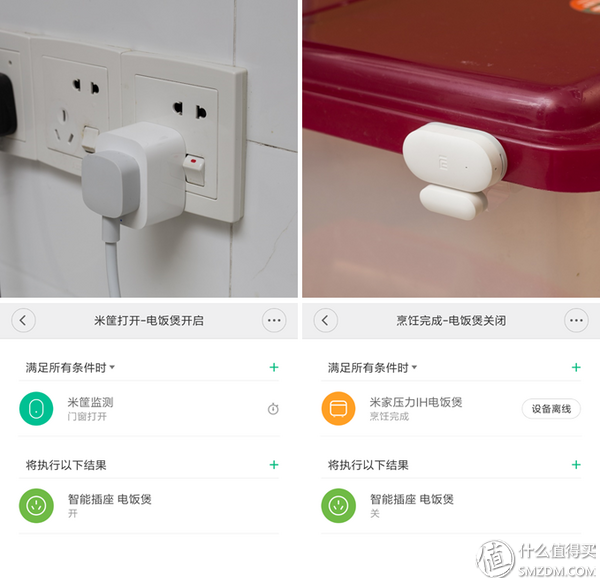
Microwave oven automatic switch: The opening and closing monitoring function of the door and window sensor is also utilized. The installation is performed on the door of the microwave oven. When the door is opened, the power is automatically turned on.
At the same time, the smart socket power detection function is utilized, and when the detected socket is in a low power state for a period of time, the power is automatically cut off, thereby realizing automatic switching of the microwave oven.
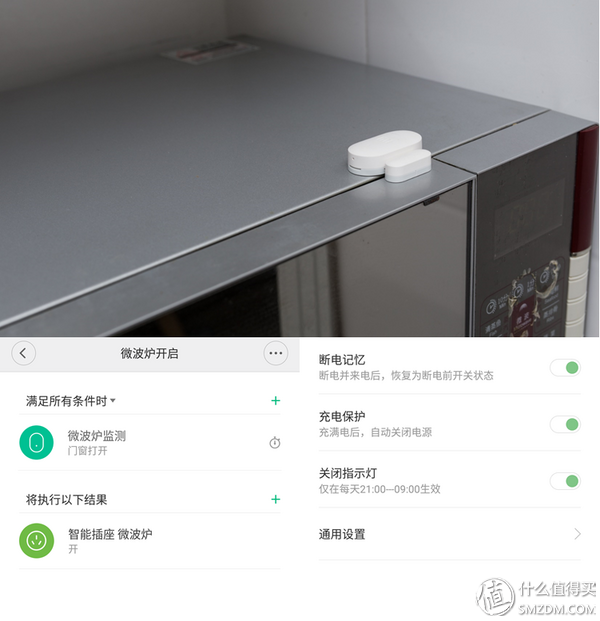
(The power detection is actually a charging protection function, but the principle is that for a period of time, the low-power state is automatically powered off, so the function is interoperable.)
Drying box automatic control: The dryer with its own automatic adjustment function, but the accuracy will be greatly reduced after long-term use, can not be sensitive to control, so here the use of temperature and humidity monitors for control.
The principle is very simple. If the humidity is higher than the set humidity, the drying box will start to dehumidify. If it is lower than the set humidity, the power will be automatically cut off and the dehumidification will stop. This is the first automated process that I started to use. It has been working well so far. At the same time, the temperature and humidity monitor can also record the temperature and humidity changes within a month.
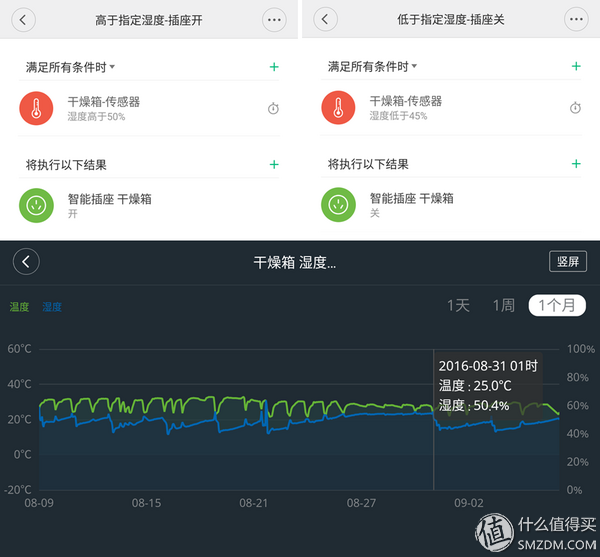
In-house shoe-to-shoe automatic switch light: The door-window sensor's opening and closing monitoring function is also used to perform on-off control of the smart light bulb, but at this time the execution time limit is added, and only during the time of 18:00-6:00 can carried out.
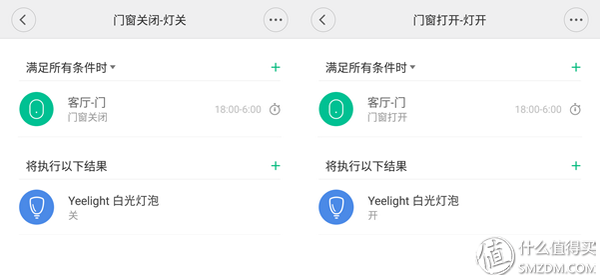
However, this process is inconsistent with the reality of winter and summer time, so it is necessary to periodically adjust the limited execution time period to be able to run better, which also exposes the drawbacks of the current “smart†home systems in judging the relatively rigid conditions.
Charging station automatic switch: I will home all types of chargers in the study room TV cabinet lower area, and unified in a smart wiring board. At the same time, the human sensor is modified to reduce the horizontal scanning angle and placed in the lower layer of the TV cabinet. Therefore, the sensor can be started only when my hand reaches, and the linkage terminal board is opened at the same time. When the connection board detects that the load is less than 2W within 5 minutes, the power is automatically turned off, thereby realizing the automatic opening of the charging device and automatically shutting off after the completion of charging.
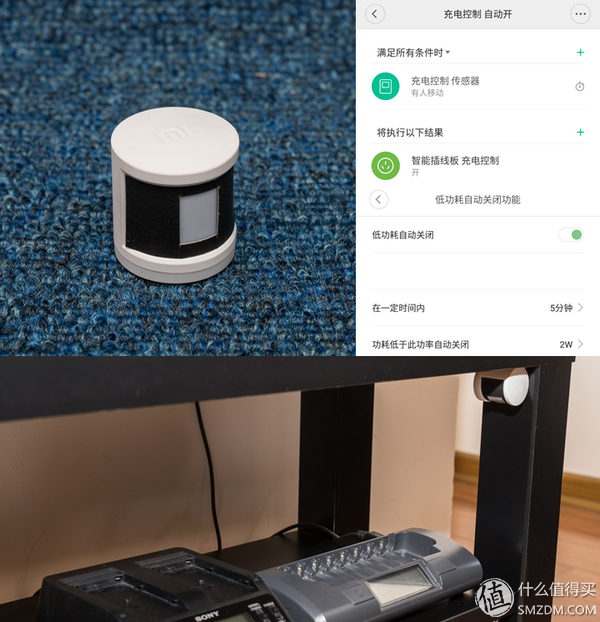
The following are two relatively complex automated processes
Study air conditioning automatic control
This is the most complicated process that I currently have
First set the trigger room temperature to 30 °C, because I think this temperature is the limit I can tolerate, and below this temperature the air conditioner will not automatically open, if necessary, the user manually open.
Second, we need to filter out short-term activities. The implementation process is defined in the study room. For me, it takes only a relatively long time to open the computer to stay here and it is necessary to turn on the air conditioning. The use of a computer must open the dust cover of the keyboard, so using this as a trigger condition, when the opening time exceeds 1 minute, it is determined to start using the computer.
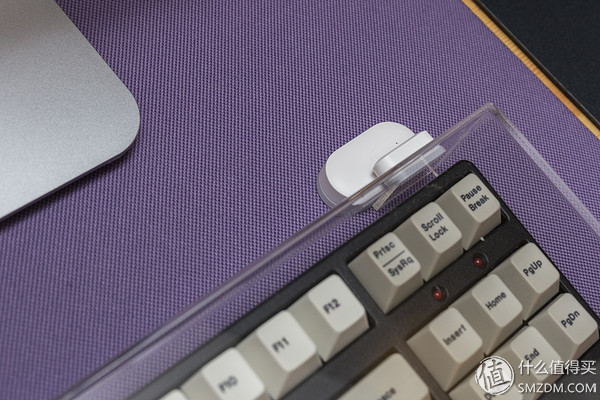
Finally, in order to avoid forgetting to close the window and opening the air conditioner, the door window sensor on the study bay window is also used as one of the judging conditions. Only when the window is determined to be closed, the air conditioner is turned on, otherwise, the prompt bell sound reminder window is closed. (Because the study window has a telescopic screen, I will install the door sensor on the screen window, open the window, close the window)
When the human body sensor on the desktop detects no one for 20 minutes, or the keyboard lid sensor detects that the keyboard lid is closed, it can be determined that the user has left for a long time or the computer is about to leave, then the air conditioner is turned off.
The specific control relationship is as follows:
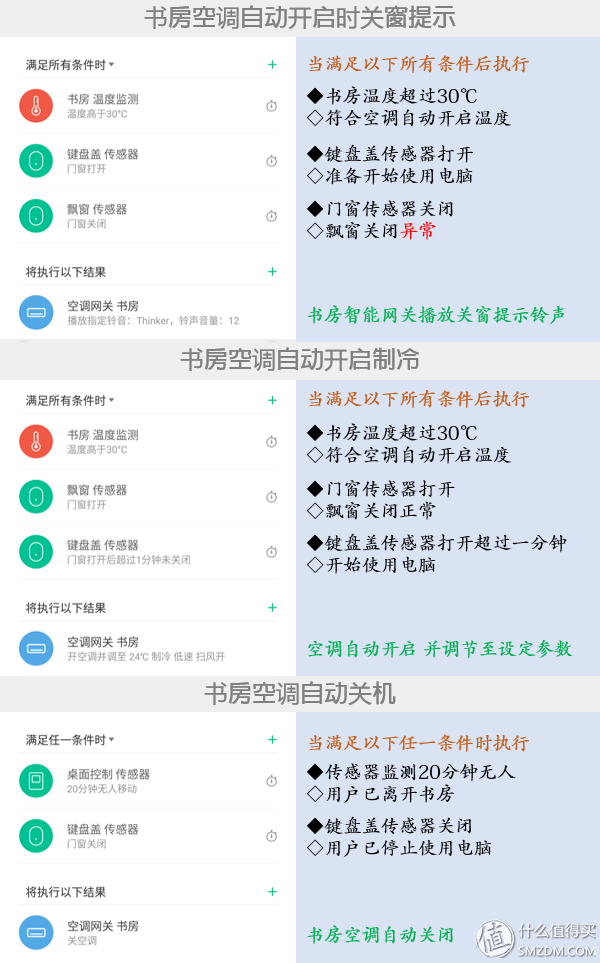
Decorative frame lights automatically
I have used the Iron Mangnaku LED lighting system, in addition to the decoration but also want to have a certain role in lighting. So the following process is used for automatic switching.
The brightness monitoring function of the smart gateway is mainly used. When the brightness is detected to be low, and the human sensor detects that the person is moving, the lighthouse of the Ghana library is turned on. When the human body is monitored for 5 minutes no one turns off the power.
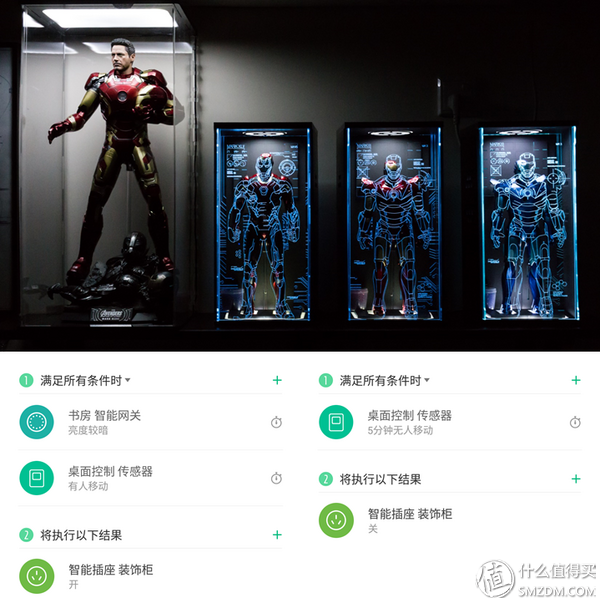
However, this process is actually a bad one, because the smart system I used provides only a low brightness trigger condition for brightness monitoring, but lacks a high brightness trigger condition.
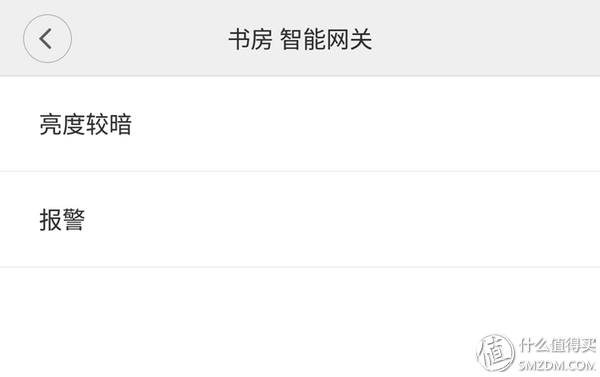
Therefore, if the light system of the Turner Kenako cannot be turned off automatically after the process is executed, it can only rely on manual operation. This also reflects the shortcomings of current smart home system trigger conditions are incomplete.
Use summary
Many valued friends here must ask me if the smart home system is worthwhile to buy. I think this should be viewed from the purpose of use. If you only want to realize the role of a super-remote control, you can use a mobile phone or tablet to control most of your home. Electric appliances, the current major brands of universal infrared remote control are basically able to effectively control most home appliances, with smart light bulbs and smart socket can already have a good experience.
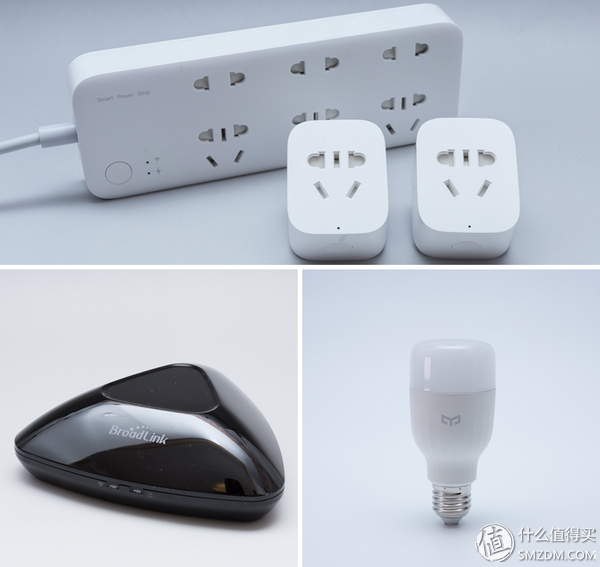
For users who wish to collaborate and collaborate between devices, they need to consider themselves. Due to the continuous efforts of domestic manufacturers, there is almost no entry barrier for entry, and there is still a need for some learning and exploration in the use of settings. In particular, the logical relationship of complex processes may require multiple practices to operate in a relatively stable manner. This is where the joy of transpiration lies. So if you are interested, you can start with a simple combination of sensor + smart gateway + remote control socket.
From the “Use Case†in the previous article, we can see that the smart home system can make life easier and more convenient, and through reasonable process design, it can reduce many mechanical repetitive operations and play a role of icing on the cake. However, as far as technology is concerned, it is not yet possible to radically change people’s lifestyles as in advertising or science fiction movies. As I said before, the most ideal situation for the current smart home system development is to achieve a universal connection protocol and management platform compatible with most home appliances. Therefore, the development of this protocol and platform is the embodiment of the true advanced nature of the entire system. With the increase in the number of compatible household appliances and the perfection of sensors and judgment conditions, customizing the linkage operation between various home appliances will bring more fun to users.
safety
As mentioned above, most smart home systems with logical judgment capabilities currently require the use of Internet-connected cloud servers to operate. Therefore, network security is an unavoidable issue. At present, the energy of major manufacturers is used to improve the system's functions, and investment in R&D for security protection is insufficient. Fortunately, most smart home systems do not have a crucial role, and they simply switch some home appliances. However, with the improvement of the security of such system functions, it will eventually be put on the table. This is a problem that manufacturers and consumers need to consider.
Finally, I want to talk about so-called "smart" features.
The expectation for the design of "smart" products is to allow the entire system to have certain learning and thinking capabilities. It can gradually adapt to the user's usage habits and perform corresponding operations according to various environmental monitoring events, thus achieving functions similar to the "housekeeper". However, this expectation may only stay in science fiction for a long period of time today or even in the future. With current state-of-the-art “intelligent†home appliance products and home systems, more than just a single conditional assessment of specific events, linkage collaboration, due to the lack of the ability to learn and think, the current smart home system can not actively fit the user's life. Habits, more is the need for users to design linkage processes in accordance with their own ideas, that is, the need for users to set and adapt to this system, can not be "fool" to run. So for the current so-called "smart home system" I would like to call it an "automated home system" may be more appropriate.
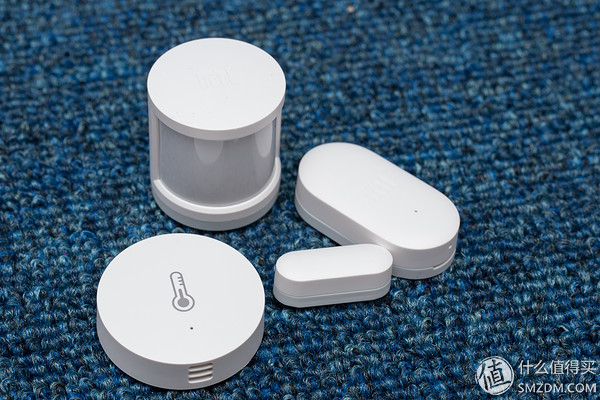
Non-Pressurized Solar Water Heater
Non-pressurized Solar Water Heater is a cost-effective system for residential hot water application. this system is designed according to thermosiphon principle and operating with proportion difference between cold and hot water. The water heated by Vacuum Tubes is held in the stainless steel storage tank where the insulation preserves the heat.
The thermosiphon solar water heater uses the sun to heat the working fluid (mostly water) in the vacuum tubes. The Solar Collector absorbs solar radiation, and converts the sunlight to heat and transfer it to the water. The heated water naturally rises through the solar collector into the water tank where the cooler water at the bottom of the tank is forced out and descends to the bottom of the collector (thermosiphon circulation). The circulation will be interrupted when there is no solar radiation.
Advantages
and benefits
-
Cost effective solar water heating solution
- Long operating life time over 10 years
- Low cost in maintenance and repair requirements.
- Short amortization rate
- Economic customized solar water heating solution
Performance
characteristics
- Higher energy yield and low heat loss due to the high vacuum of the
evacuated tubes and PU insulation harmless to ozonosphere
- High-quality stainless steel in the inner tank to continuously maintain
a good water quality.
- Stainless steel inner and outer tank, highest water tank quality for coastal areas
Solar Panel Heater,Non Pressurized Solar Water Heater,Non Pressure Type Water Heater,Solar Water Heater 300L
Linuo Ritter International Co.,Ltd , https://www.lnrtsolarenergy.com